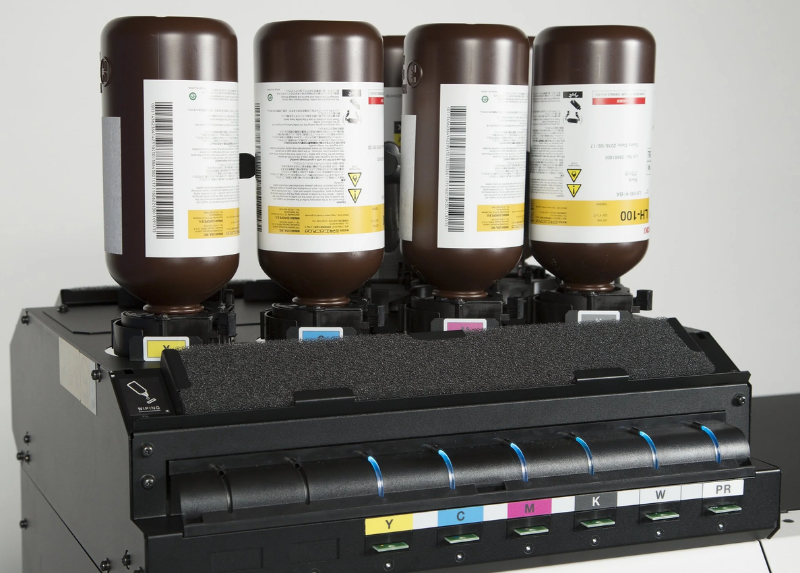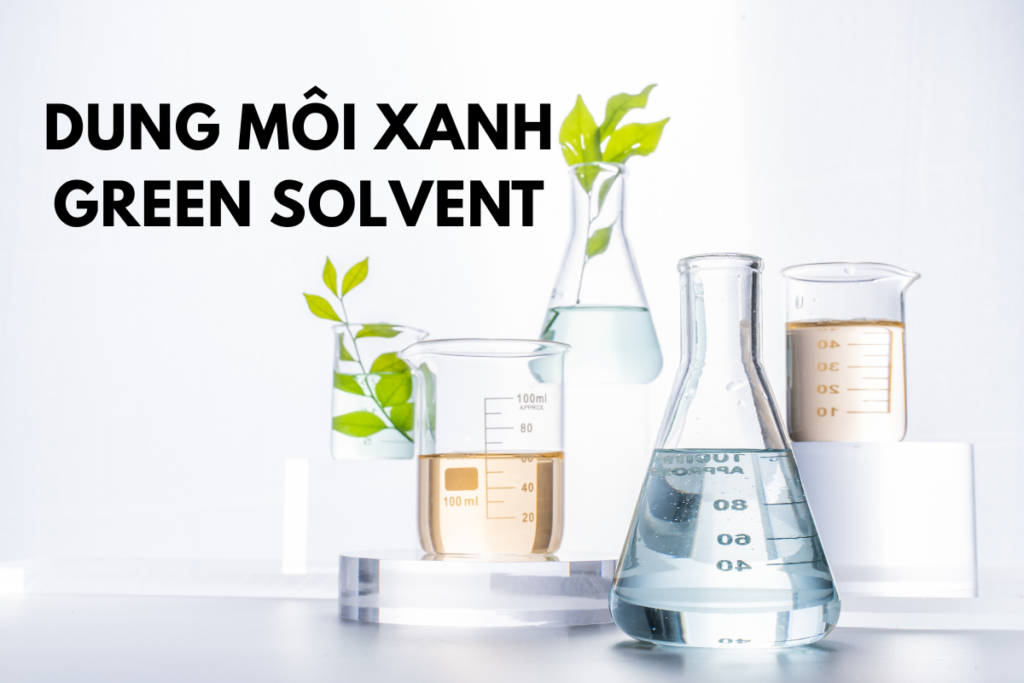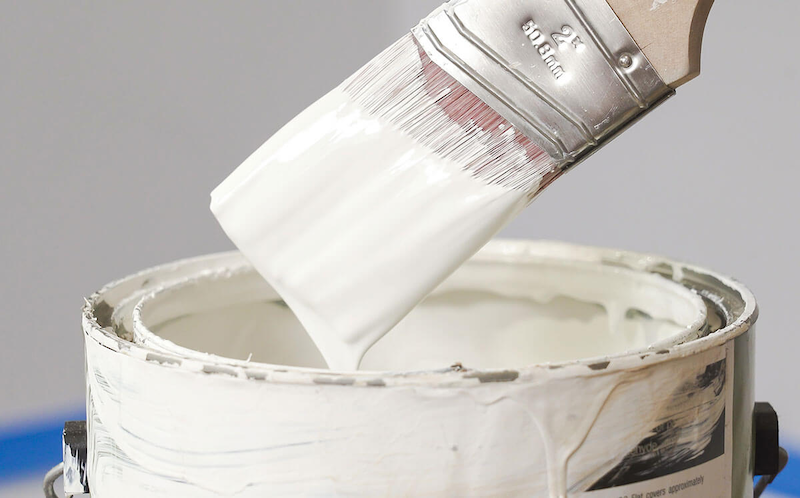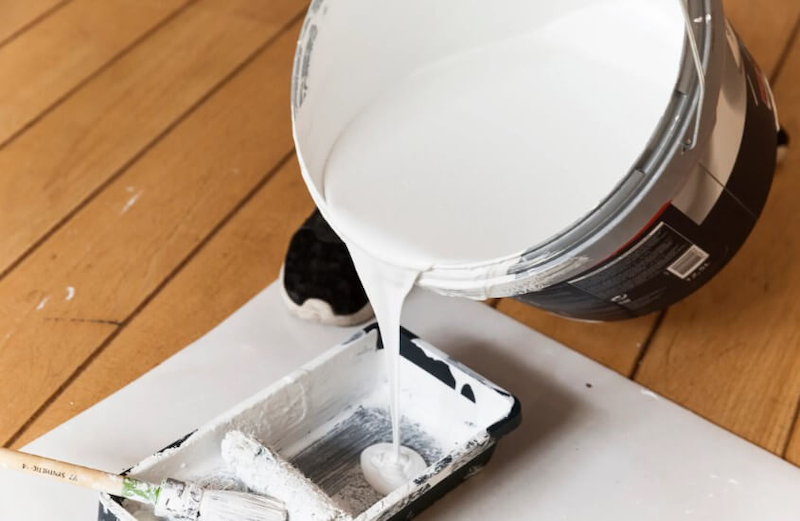IPA Solvent (Isopropyl Alcohol): Definition, Properties, and Applications
14/07/2025
|
Industry news
IPA (Isopropyl Alcohol) is a widely used solvent thanks to its good solubility and effective disinfectant properties. This type of solvent appears in various fields such as industry, healthcare, and electronics manufacturing. So, what is IPA solvent? What are its characteristics, applications, and potential risks? Let’s explore the details of Isopropyl Alcohol in the following article.
What is IPA Solvent (Isopropyl Alcohol)?
IPA solvent is the common name for Isopropyl Alcohol, a chemical compound with the formula C₃H₇OH. It is a type of alcohol that is colorless, volatile, has a characteristic odor, and is highly soluble in water as well as many other organic compounds.
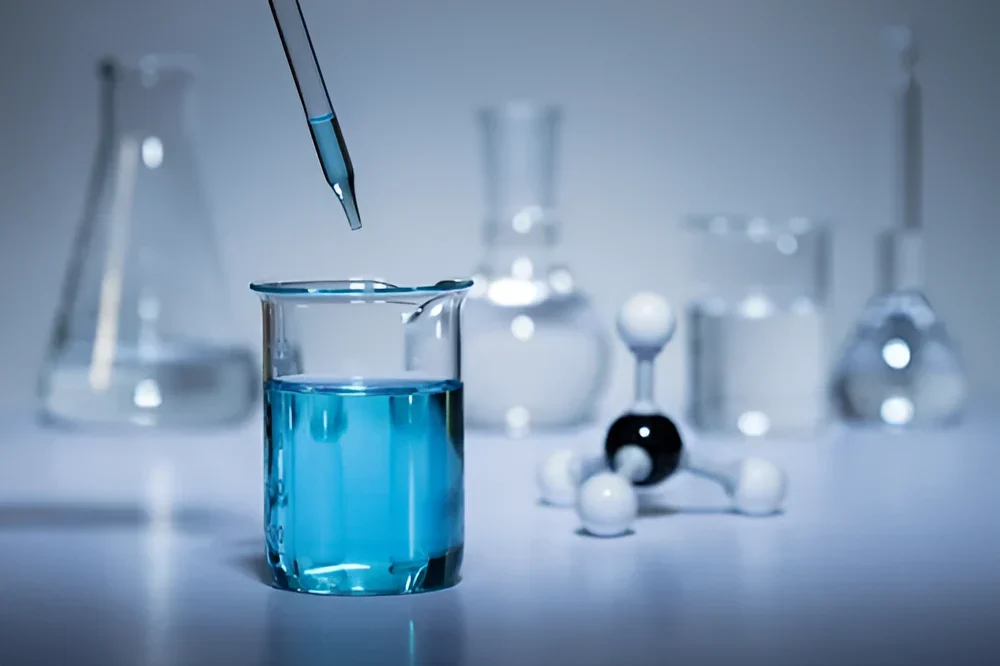
Properties of IPA Solvent
Physical Properties
- State: Colorless liquid
- Odor: Characteristic alcohol-like, somewhat sharp
- Molar mass: 60.1 g/mol
- Boiling point: Around 82.6°C (at standard atmospheric pressure)
- Melting point: -89°C
- Density: 0.786 g/cm³ (at 20°C)
- Solubility: Completely soluble in water, ethanol, ether, and many other organic solvents
- Viscosity: Low, flows easily
- Vapor pressure: High (about 33 mmHg at 20°C), making it highly volatile
- Refractive index: 1.377 (at 20°C)
IPA is volatile, non-conductive, and is typically stored in a well-ventilated area due to its flammability.
Chemical Properties
- Weak acidity: IPA is an alcohol containing a hydroxyl group (-OH), which allows it to act as a very weak acid, though this is negligible under normal conditions.
- Example: R-OH ⇌ R-O⁻ + H⁺ (this reaction is very limited)
- Oxidation reaction: IPA can be oxidized to form acetone (CH₃COCH₃) when exposed to strong oxidizing agents like KMnO₄ or K₂Cr₂O₇.
- C₃H₇OH → CH₃COCH₃ + H₂
- Dehydration reaction: When heated with strong acid (like H₂SO₄) at high temperatures, IPA can undergo a dehydration reaction to produce propene (CH₃-CH=CH₂).
- C₃H₇OH → CH₃-CH=CH₂ + H₂O
- Flammability: IPA is highly flammable and burns in air to form CO₂ and H₂O.
- 2C₃H₇OH + 9O₂ → 6CO₂ + 8H₂O
- Reaction with alkali metals: IPA can react with alkali metals (such as Na or K) to produce alkoxide salts and release hydrogen gas.
- 2C₃H₇OH + 2Na → 2C₃H₇ONa + H₂↑
- Disinfectant capability: Due to its ability to disrupt microbial cell membranes, IPA (especially at a concentration of 70%) is capable of killing bacteria, viruses, and fungi.
Methods of Producing IPA (Isopropyl Alcohol)
Isopropyl Alcohol (IPA, C₃H₇OH) can be produced using several different methods, mainly based on chemical reactions used in industry and laboratories. Below are the common methods:
Hydration of Propene (Main Industrial Method)
This is the most commonly used industrial method for producing IPA, using propene (CH₃-CH=CH₂) as the raw material.
-
- Reaction:
CH₃-CH=CH₂ + H₂O → CH₃-CH(OH)-CH₃ (IPA)
- Reaction:
- Conditions:
-
-
- Catalyst: Sulfuric acid (H₂SO₄) or phosphoric acid (H₃PO₄)
- Temperature: Around 60 – 80°C
- Pressure: Typically 8 – 10 atm
- Mechanism:
- Propene reacts with H₂SO₄ to form an intermediate isopropyl hydrogen sulfate ester (CH₃-CH(OSO₃H)-CH₃).
- This ester is then hydrolyzed by water to produce IPA and regenerate H₂SO₄.
-
- Advantages: High yield, readily available raw materials from the petrochemical industry
- Variation: Direct Hydration:
-
- Uses solid catalysts (such as ion exchange resins or zeolites) instead of liquid acids, with steam at high temperature (200 – 300°C) and high pressure (25 – 50 atm).
- This method causes less pollution and is gradually replacing the use of H₂SO₄.
Hydrogenation of Acetone
This method is the reverse of the oxidation process converting IPA into acetone and is usually used in laboratory settings or when acetone is readily available.
- Reaction:
CH₃COCH₃ + H₂ → CH₃-CH(OH)-CH₃
- Conditions:
-
- Catalyst: Metals such as Ni, Pd, or Cu
- Temperature: 100 – 150°C
- Pressure: Typically requires high hydrogen pressure
- Note: This method is less common in industry because acetone is usually more expensive than propene.
Biological Method (Fermentation)
IPA can be produced by certain microorganisms during fermentation, although this method is less common than chemical synthesis.
- Process:
-
- Bacteria such as Clostridium beijerinckii or Clostridium acetobutylicum convert sugars or starch into IPA along with by-products like butanol and acetone.
- Conditions: Anaerobic environment, temperature of 30 – 37°C
- Advantages: Environmentally friendly
- Disadvantages: Low yield, difficult to purify
Applications of IPA (Isopropyl Alcohol) in Practice
Isopropyl Alcohol (IPA) is a versatile solvent and chemical used widely across many industries due to its volatility, excellent solubility, and disinfecting properties. Below are the main industrial applications of IPA:
As a Solvent
- Paints and Inks: IPA is used to dissolve resins, pigments, and other components in the production of paints, varnishes, and inks. It helps adjust viscosity and speeds up drying.
- Industrial Chemicals: Used as a solvent in the production of adhesives, cleaners, and other organic compounds.
- Extraction: IPA is employed to extract essential oils, fragrances, or natural compounds from plants due to its strong dissolving power.

Cleaning and Degreasing
- Electronics Industry: IPA is an ideal cleaning agent for electronic components (circuit boards, chips) due to its fast evaporation, non-residual properties, and non-conductivity.
- Machinery and Equipment: Used to remove grease and dirt from metal, plastic, or glass surfaces in mechanical manufacturing.
- Glass and Optics: Cleans lenses, screens, and other sensitive surfaces without scratching.

Disinfection and Medical Use
- Medical Alcohol Production: In its pure form (99%), IPA is often used in technical industries, while lower concentrations (70%) are common in medical and hygiene applications. It is used as a disinfectant for surfaces, medical instruments, and hand sanitizers in pharmaceutical manufacturing.
- Pharmaceutical Industry: Used as a raw material in drug production, cleaning solutions, or as an intermediate in chemical synthesis.

Petrochemical and Fuel Industry
- Antifreeze Agent: IPA is added to fuel to prevent freezing in pipelines or engines under low temperatures.
- Additive: Used in gasoline production to improve combustion efficiency.
Intermediate Chemical Production
- IPA serves as a raw material for synthesizing other compounds such as acetone (via oxidation), isopropyl acetate (used in paint and fragrance), or other esters.
- Example Reaction: CH₃-CH(OH)-CH₃ + CH₃COOH → CH₃-COO-CH(CH₃)₂ + H₂O
Cosmetic Industry
IPA is used in the production of perfumes, hair sprays, or hand sanitizers due to its oil-dissolving ability and quick evaporation, which creates a dry, comfortable feeling.

Applications in Laboratories and Research
Used as a solvent in chemical analysis, sample preparation, or as a preservative for biological specimens.
Is Isopropyl Alcohol Solvent Toxic?
Effects on Human Health
- Skin Irritation: Prolonged exposure to IPA can dry out the skin, causing itching, redness, and irritation, potentially leading to dermatitis.
- Eye Damage: Accidental eye contact with IPA can cause stinging, redness, and tearing in mild cases; more severe cases may damage the cornea.
- Respiratory Effects: Inhalation of IPA vapors can lead to coughing, sore throat, dizziness, nausea, and in extreme cases, fainting.

Environmental Impact
Improper disposal of IPA can cause serious environmental pollution, affecting ecosystems and wildlife. Waste disposal regulations must be followed, and appropriate treatment systems should be used to minimize environmental harm.
Safety Guidelines for Using and Storing IPA Solvent
- Keep Away from Heat Sources: IPA is highly flammable and should be stored in a well-ventilated area, away from direct sunlight, sparks, and high-temperature sources.
- Protective Equipment: Always wear appropriate gloves and safety goggles when handling the solvent.
- Read Instructions Carefully or Consult a Specialist Before Use.

Isopropyl Alcohol (IPA) can be a highly effective solution in manufacturing and research applications. However, improper use can pose serious risks. Understanding IPA’s properties not only helps maximize its utility but also protects human health and the environment. To ensure safety, it is essential to strictly follow regulations regarding storage and proper waste disposal.
Contact K-Chem today – A reputable supplier specializing in bulk IPA solvents and ready-mixed chemical solutions tailored to business needs. High quality, competitive prices, and free consultation from our team of experienced experts!
K-CHEM VIETNAM CO., LTD
- Address: N6B Road, Lot F, Phu Chanh 1 Industrial Cluster, Phu Chanh Ward, Tan Uyen City, Binh Duong Province, Vietnam
- Tel: +84 274 362 0218
- Email: info@k-chem.vn


